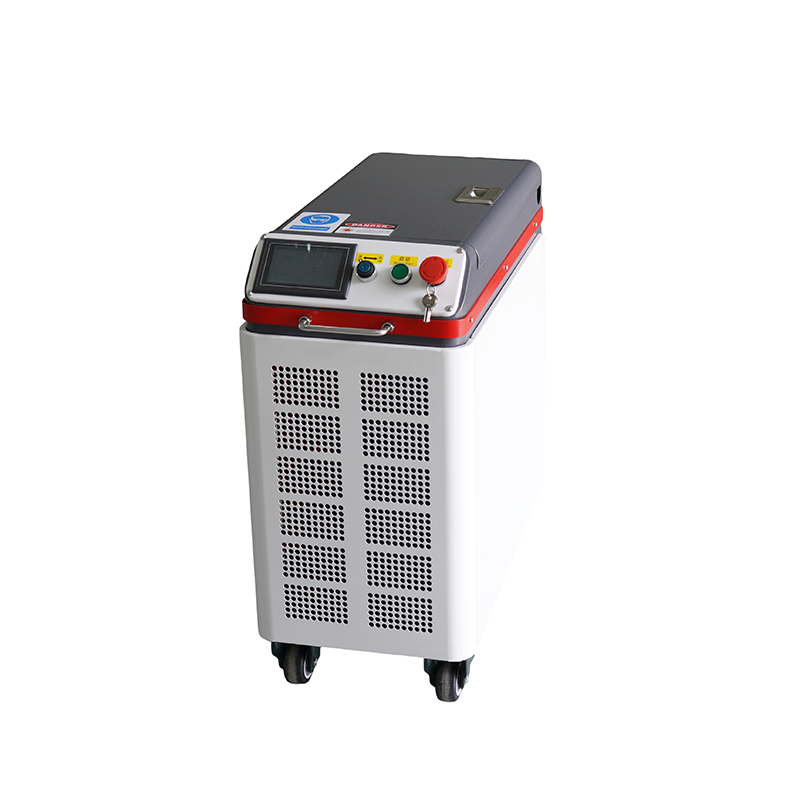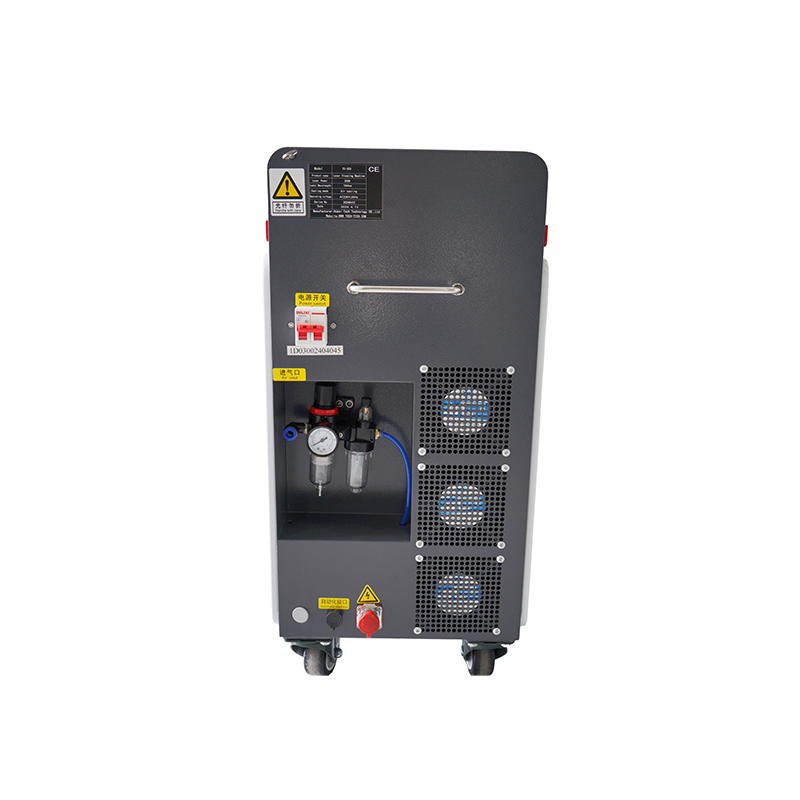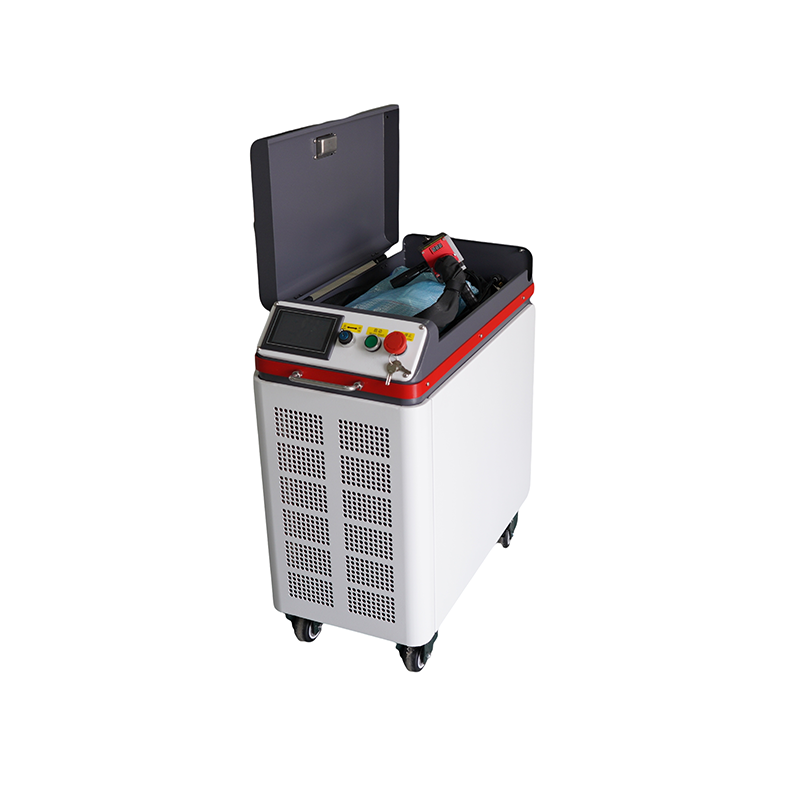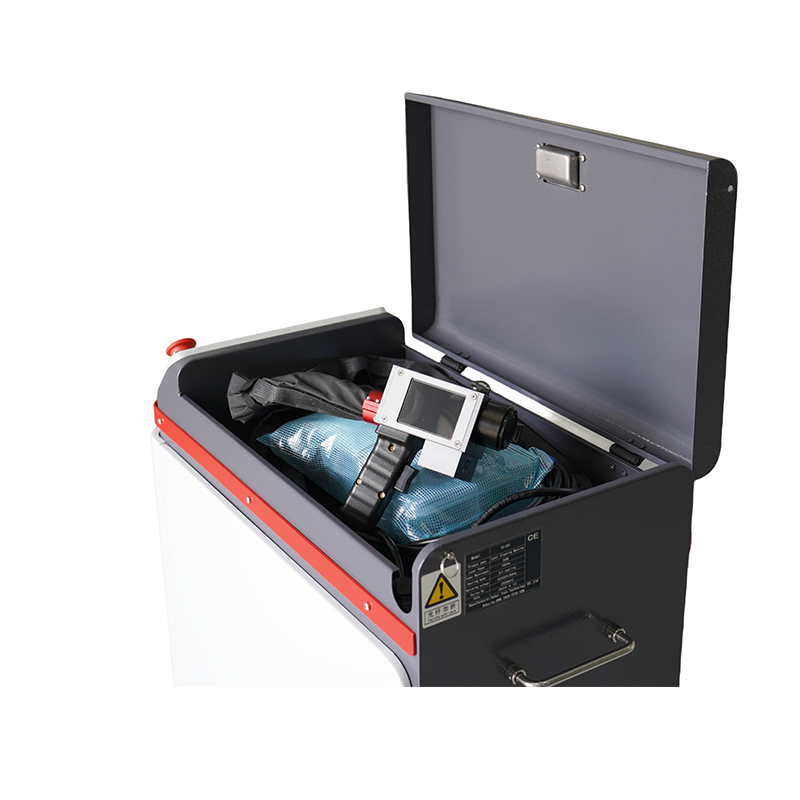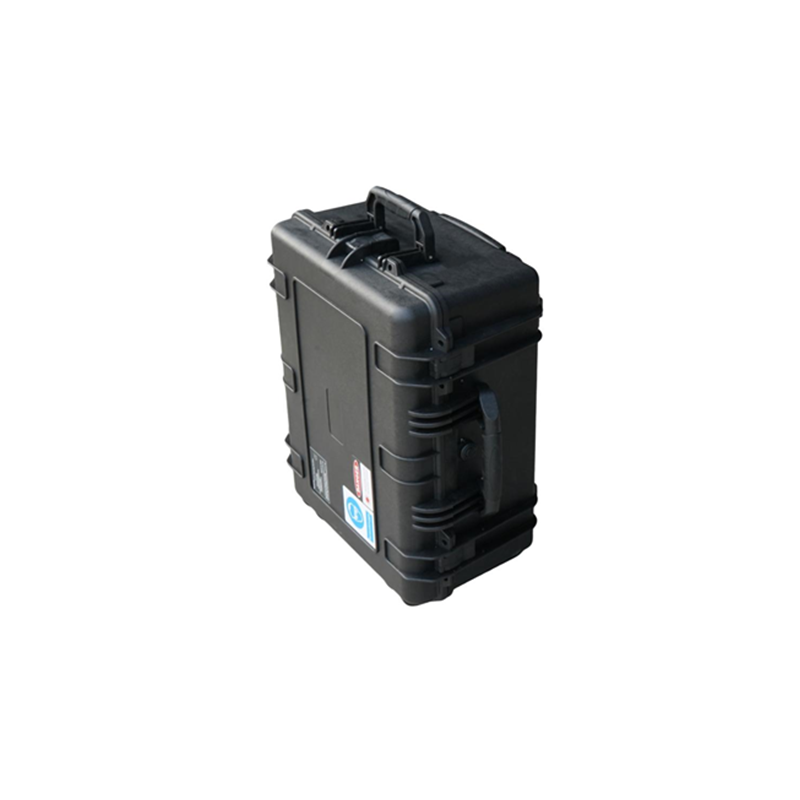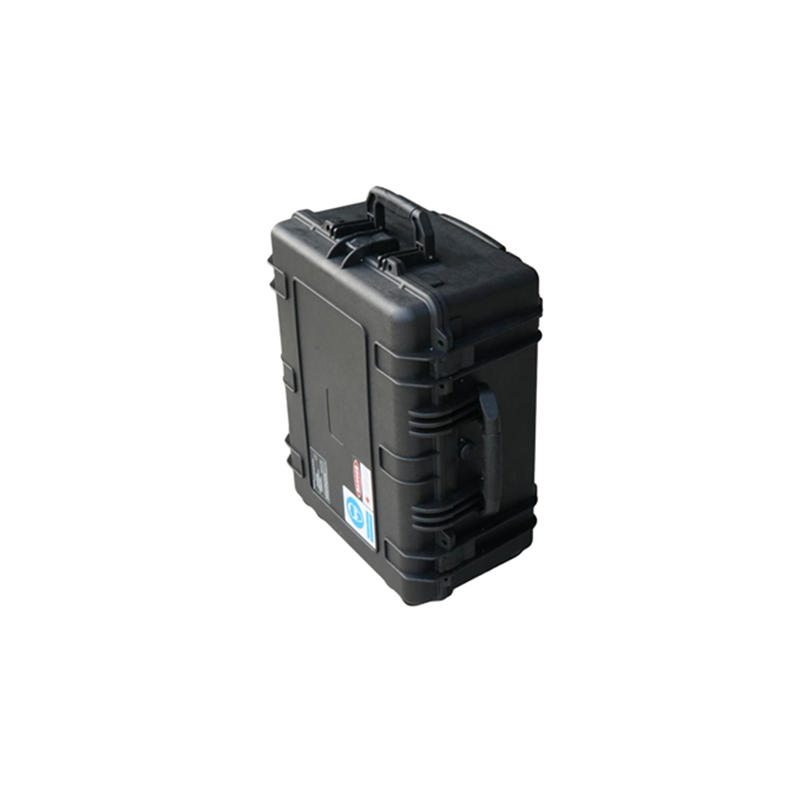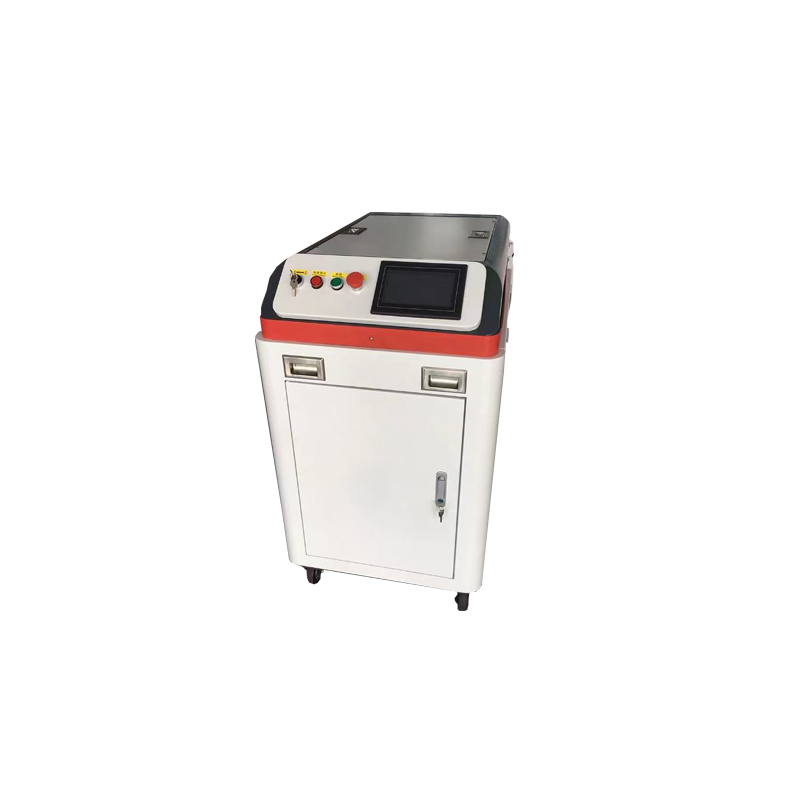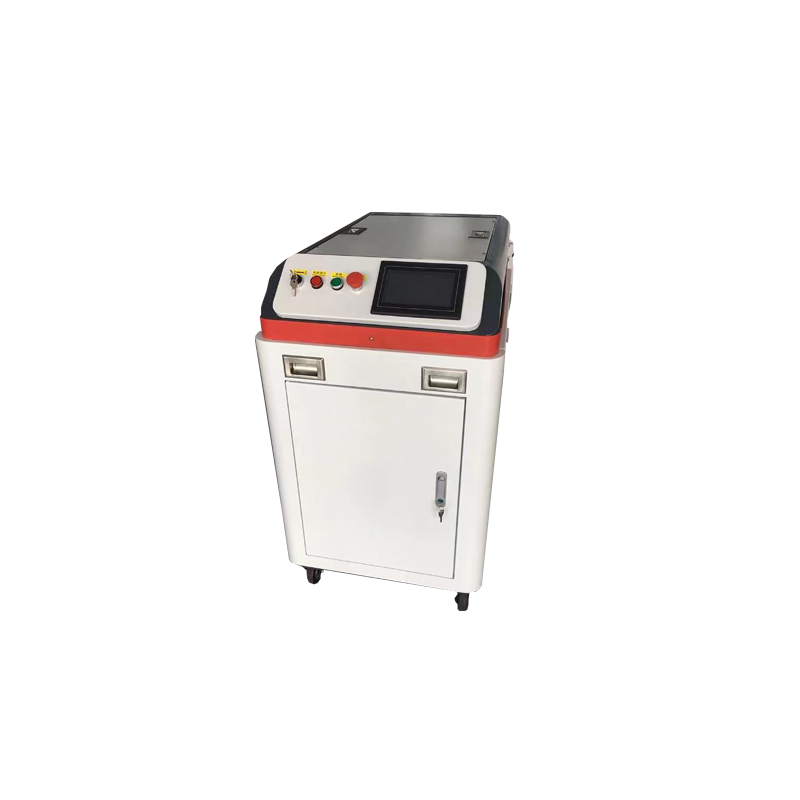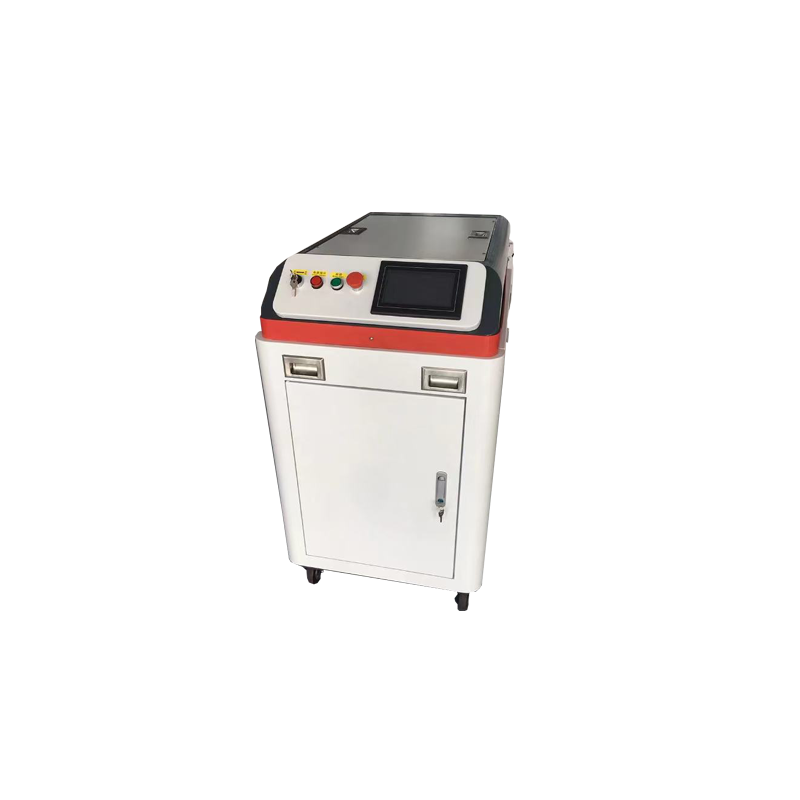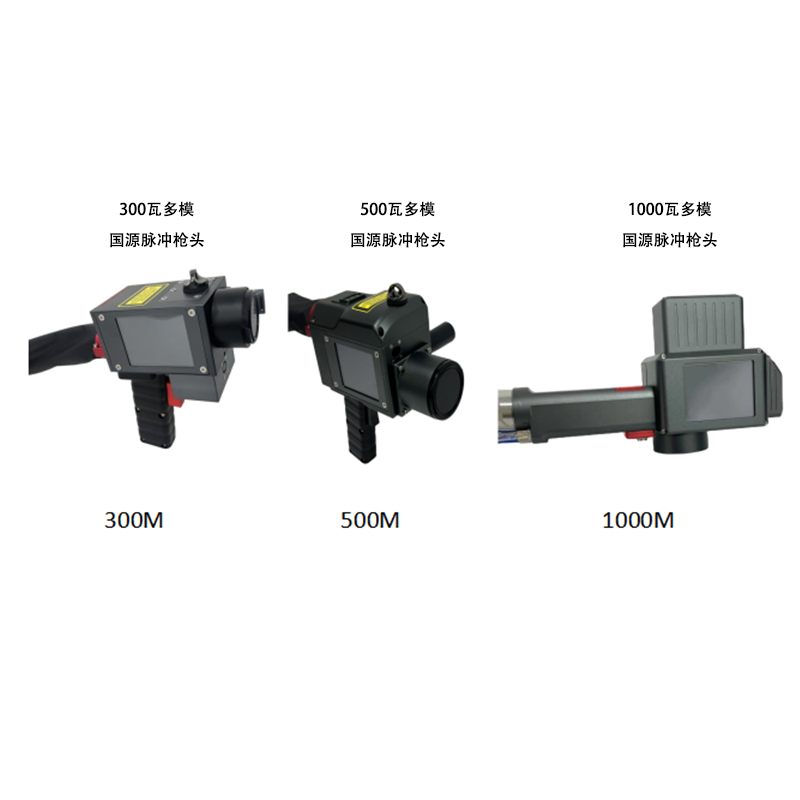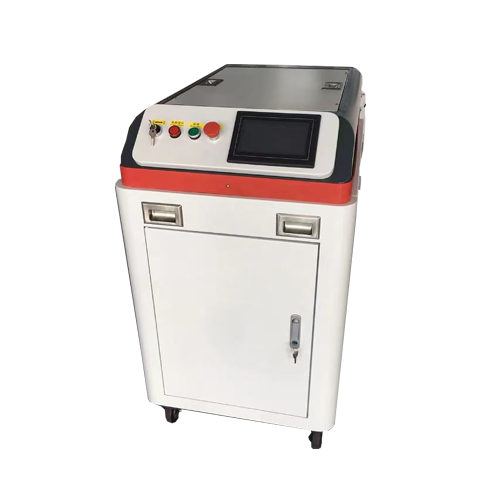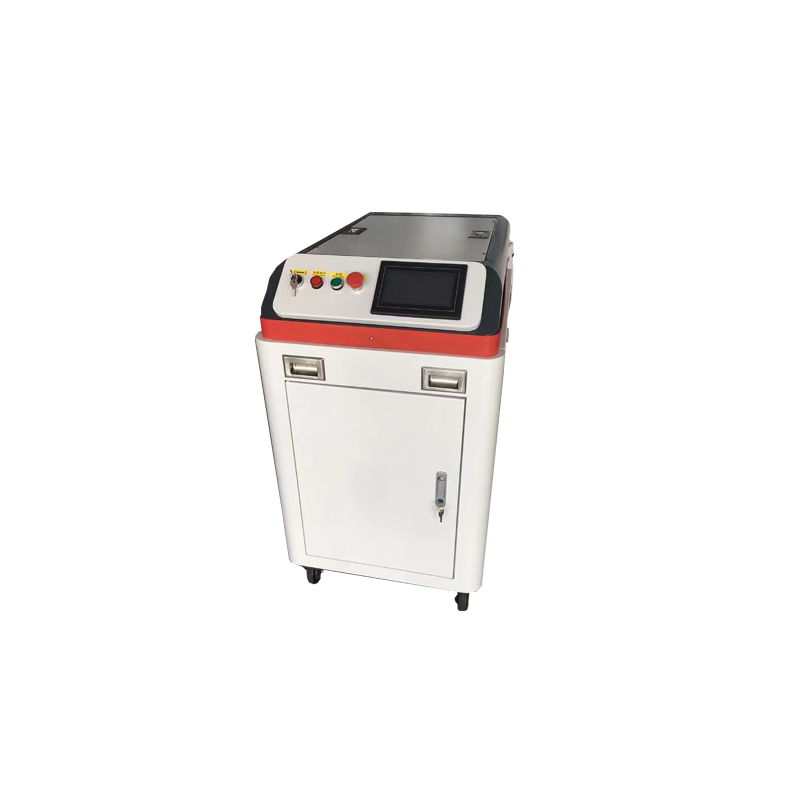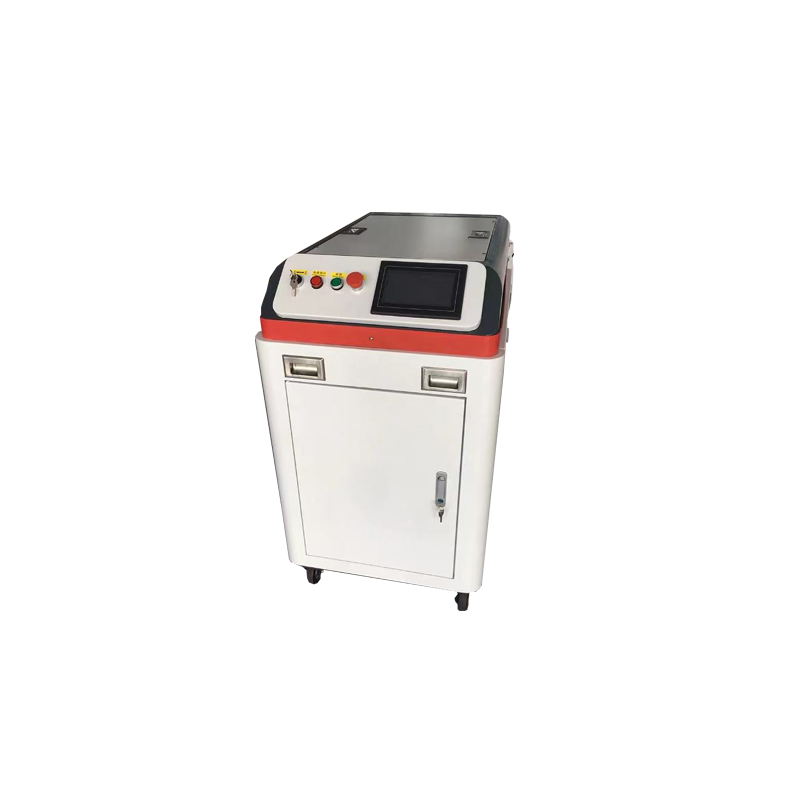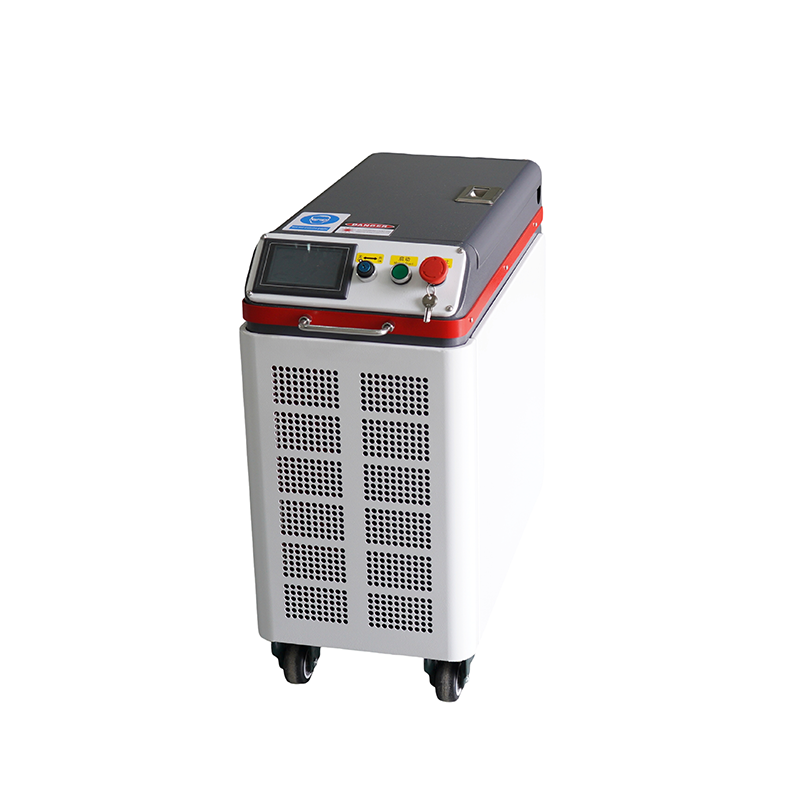Of course. This is an excellent question, as the cabinet size is a critical factor in the design and installation of a dust collection system.
The short answer is: There is no single standard size. The dimensions of a pulse cleaning machine cabinet (more commonly called a Dust Collector or Pulse Jet Dust Collector) vary dramatically based on its intended capacity and application.
Here’s a detailed breakdown of what determines the size and typical dimensions you can expect.
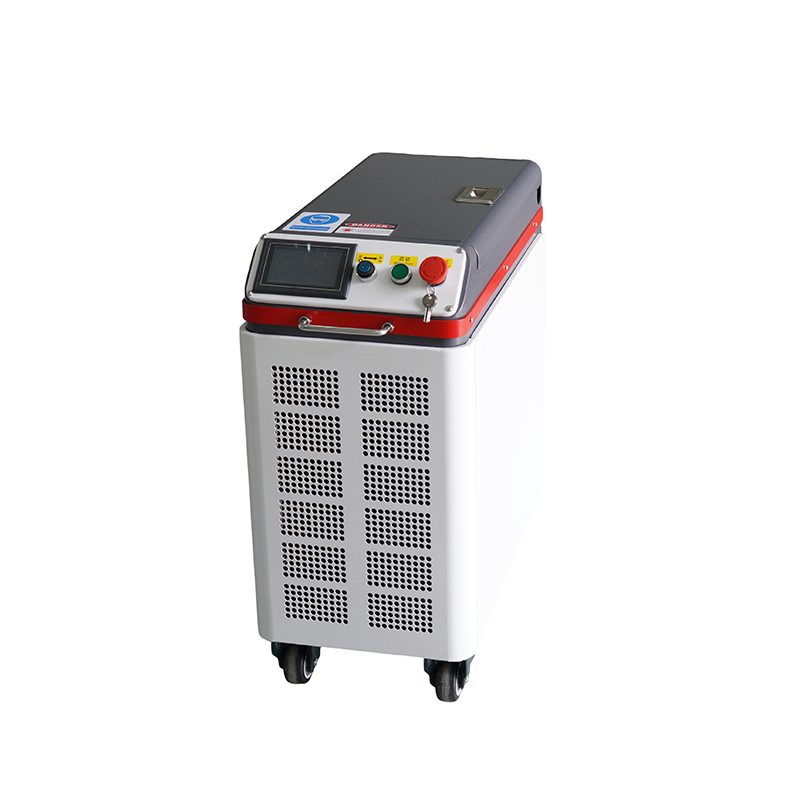
Key Factors Determining Cabinet Size
The cabinet's primary job is to house the filter media (filter bags or cartridges). Therefore, its size is directly determined by the amount of air it needs to filter and the amount of dust it needs to collect.
Air-to-Cloth Ratio: This is the most important engineering concept. It's the ratio of air volume (in CFM - Cubic Feet per Minute) to the total area of the filter media (in square feet).
Formula:
Air Volume (CFM) / Total Filter Media Area (sq. ft.) = Air-to-Cloth RatioA lower ratio means more filter media for a given air volume, resulting in better filtration, less frequent pulsing, and longer filter life—but also a larger cabinet.
Different types of dust require different ratios (e.g., fine powder requires a lower ratio than wood chips).
Number and Size of Filters: The cabinet must be large enough to physically hold the required number of filter bags or cartridges.
Cartridge Filters: Common in modern systems. A single cartridge might be, for example, 66" tall and 12" in diameter. A small collector might hold 4-6 cartridges, while a large industrial one could hold hundreds.
Bag Houses: Use long fabric bags. These often require even taller cabinets to accommodate the bag length (e.g., 6 to 10 feet long).
Dust Discharge System: The bottom of the cabinet (the hopper) is designed to funnel collected dust into a discharge system. The hopper's size and angle are critical to prevent clogging.
Small units may have a shallow hopper.
Large units require steep, tall hoppers, adding significant height to the overall structure.
Application and Dust Type:
Light-Duty (e.g., Woodshop): Smaller cabinet, often on a portable cart.
Heavy-Duty (e.g., Grain Silo, Metalworking): Very large, stationary cabinet designed for high dust volumes and potentially explosive materials (with explosion vents, which add to the size).
Typical Size Ranges by System Type
Here are some realistic examples to give you a sense of scale:
1. Small-Scale / Workshop Units (1-5 HP)
Application: Single woodworking machine (table saw, planer), small workshop central system.
Airflow: 500 - 4,000 CFM
Typical Dimensions (H x W x D):
Portable Cartridge Collector: ~ 6 ft. H x 2.5 ft. W x 2 ft. D
Small Baghouse: ~ 8 ft. H x 3 ft. W x 3 ft. D
Physical Size: Often similar to a refrigerator or a large filing cabinet.
2. Medium-Scale / Industrial Units (7.5-30 HP)
Application: Multiple machines in a manufacturing facility, production lines, grain elevators.
Airflow: 4,000 - 20,000 CFM
Typical Dimensions (H x W x D):
Height: 12 to 25 feet tall (the hopper alone can be 6-8 ft tall)
Footprint: 6 ft x 6 ft to 10 ft x 12 ft
Physical Size: Similar to a small garden shed or a large shipping container stood on end. These are typically located outside a facility or in a dedicated equipment room.
3. Large-Scale / Heavy Industrial Units (50+ HP)
Application: Major process plants (cement, chemical, power generation), large foundries.
Airflow: 20,000 - 100,000+ CFM
Typical Dimensions: These are massive custom-built structures.
Height: Can be over 50 feet tall (as tall as a 5-story building).
Footprint: Can be 20 ft x 30 ft or larger.
Physical Size: Comparable to a multi-story house. They are complex systems with multiple access platforms, ladders, and large ductwork.
How to Find the Right Size for Your Needs
You cannot simply guess the size. It must be engineered. Here is the process:
Calculate Required Airflow (CFM): An engineer will calculate the total CFM needed based on the number of machines, the size of the hoods, and the diameter/length of the ductwork.
Determine Filter Media Needed: Based on the CFM and the type of dust, they will select an appropriate air-to-cloth ratio to calculate the total square feet of filter media required.
Example: 4,000 CFM for wood dust (recommended ratio of 4:1) requires
4,000 / 4 = 1,000 sq. ft.of filter media.Select Filter Type & Quantity: They will choose a filter model (e.g., a cartridge with 100 sq. ft. of media) and calculate the quantity needed (
1,000 sq. ft. / 100 sq. ft. per cartridge = 10 cartridges).Cabinet Sizing: The manufacturer will then design a cabinet that can efficiently hold those 10 cartridges, with appropriate air plenums, a correctly angled hopper, and access doors.

